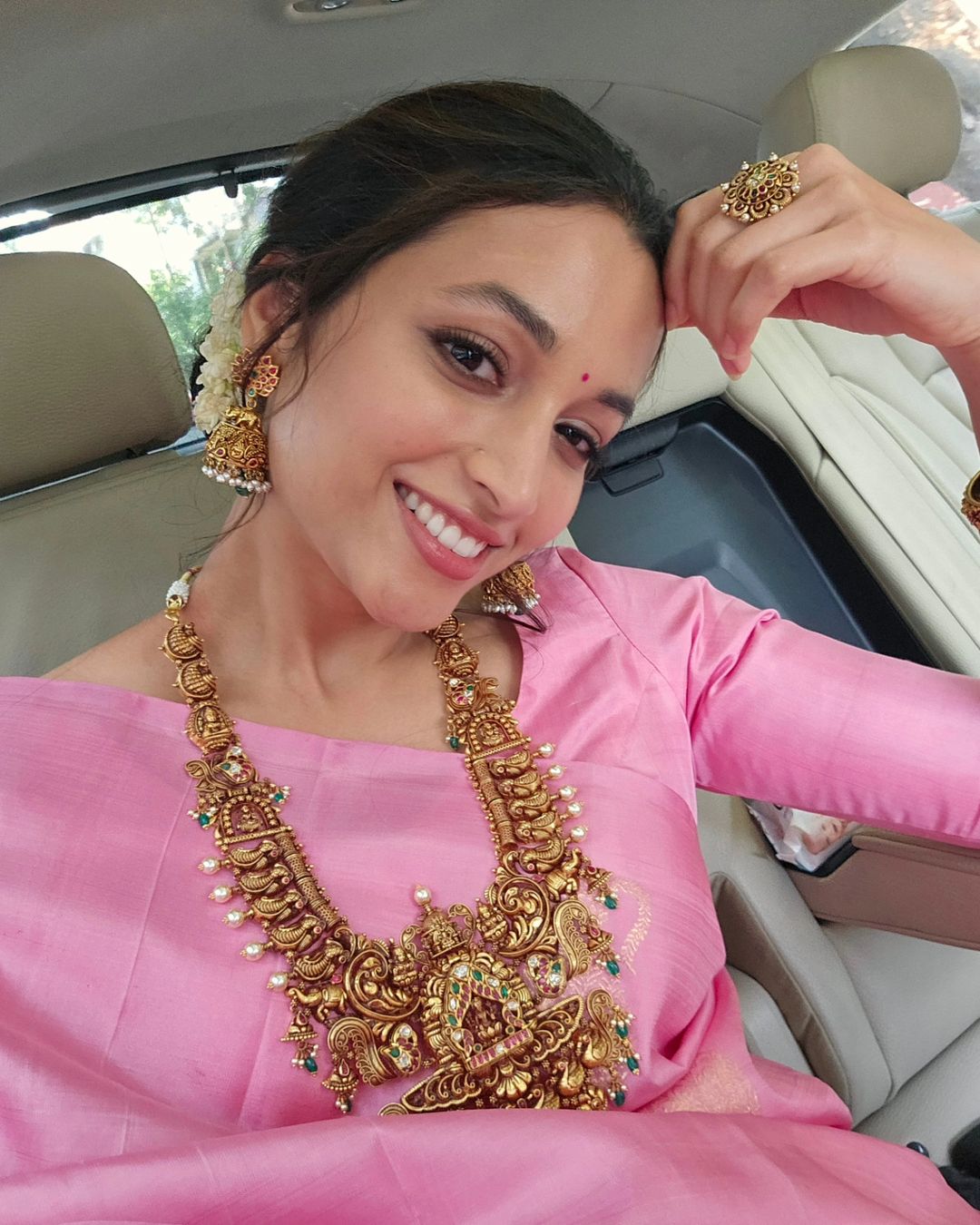When folks look up terms like "Odia MMS video," they are often, perhaps, looking for a glimpse into something that feels very much like a local, maybe even a private, part of a culture. But, you know, what truly makes Odia special, in a way, isn't just what you might stumble upon online. It's actually the very language itself, a vibrant and deeply rooted part of India's heritage. This language, known also as Oriya, holds a pretty significant spot, acting as the official tongue for the state of Odisha, which is over in the eastern part of India. It also serves as the second official language for Jharkhand, a nearby region. So, really, it’s a language with a lot of official weight, carrying meaning for many people across these areas.
You see, this language is more than just words people speak every day; it's, in some respects, a true cultural treasure. It has, for one thing, very deep connections to the past and to the very sense of who people are in that part of the world. The story of Odia is, arguably, a long one, full of changes and growth over many, many centuries. It shows a kind of strength and a certain beauty in its cultural journey. So, when you think about it, the language itself is a big part of what makes the region so rich and unique, a thread that ties everything together, from old stories to new ideas. It’s a living thing, really, that keeps evolving.
Discovering more about Odia means taking a closer look at its long and interesting story. It involves seeing how it has changed and grown, and how it continues to be important for the culture it belongs to. This exploration helps us appreciate its true value, which goes far beyond any fleeting online search for "Odia MMS video" content. It's about recognizing something that is genuinely important, a language that is officially recognized and has a place in the country's constitution. It is, quite simply, a central part of life for many people, a language that shapes their daily interactions and their understanding of the world around them. It's pretty fascinating, if you ask me, how a language can hold so much history and identity.
Table of Contents
- What is the Odia Language and Its Official Status?
- Where Do People Primarily Speak Odia?
- How Does Odia Connect to a Broader Cultural Identity?
- What About Odia Language and Literature's Journey?
- Is Odia Wikipedia a Place for Odia MMS Video Discussions?
- Exploring the Sounds of Odia – Beyond Odia MMS Video Content
- The Ongoing Story of Odia – More Than Just Odia MMS Video Searches
- Why Does Odia Remain a Cultural Gem?
What is the Odia Language and Its Official Status?
Odia, as a language, holds a pretty special spot in India, you know. It's actually counted among the official languages recognized across the entire country. This means it has a certain level of importance and is used in various official capacities. It's not just a local way of speaking; it's recognized at a national level, which is a big deal, really. So, when we talk about the many different languages that make up the rich fabric of India, Odia is definitely one of those that stands out due to its official standing. It's quite significant, actually, how it fits into the broader linguistic picture of the nation.
More specifically, Odia serves as the main official language for the state of Odisha. This means it's the language used by the government, in schools, and for general public communication within that state. It's pretty much everywhere you look, shaping daily life for the people there. And, interestingly enough, it also holds the position of the second official language in Jharkhand. So, it has a dual role, you could say, being very central in one state and having a recognized, if slightly less primary, role in another. This shows its spread and its importance across more than one region, which is, honestly, quite a testament to its reach.
The fact that Odia is officially recognized, or "scheduled," in the Indian constitution, means it has a solid legal backing. This recognition gives it a protected status and ensures its use and promotion. It's not something that can just be overlooked; it's enshrined in the very foundational document of the country. This constitutional nod, in a way, really highlights its significance as a main official language. It means that the language is seen as a core part of the nation's identity and diversity, a fundamental piece of its cultural makeup. It's a pretty strong affirmation, you know, of its place in the country's linguistic landscape.
Where Do People Primarily Speak Odia?
When we talk about where Odia is mostly spoken, it's pretty clear that it's mainly used in the Indian context. You find it, for the most part, throughout various parts of India, especially in certain regions. It's not a language that's just confined to one tiny spot; it has a noticeable presence across different areas. So, if you were to travel around, you would likely hear it in specific places, marking its linguistic territory, so to speak. It really shows how a language can spread and take root in different communities, becoming a part of their daily rhythm and conversations.
More specifically, people who speak Odia make up a large portion of the population in the eastern parts of India. They tend to be a majority in these areas, meaning it's the common tongue you'd hear in homes, on the streets, and in public gatherings. This concentration in the east really highlights its regional strength. It's, in a way, a defining characteristic of that geographical area, giving it a unique linguistic flavor. So, if you're thinking about the eastern side of the country, Odia is, basically, a very significant part of the everyday soundscape there, truly shaping the local interactions.
How Does Odia Connect to a Broader Cultural Identity?
Odia, also sometimes called Oriya, is not just a language; it’s, honestly, a cultural treasure. It holds a very special place in the hearts of the people who speak it, and it goes far beyond simple communication. It has deep connections to the past, to the history of the region, and to the very sense of who people are. It’s like a thread that runs through everything, connecting generations and preserving traditions. So, when you hear Odia spoken, you're not just hearing words; you're, in a way, hearing the echoes of a rich heritage, a language that carries the weight of collective memory and shared experiences. It’s pretty amazing, if you think about it, how much a language can hold.
If you take a moment to explore the way Odia has changed over time, you can really see its rich heritage. It’s a language that has shown a lot of strength and a kind of cultural excellence through many, many centuries. It’s not something that just appeared; it has a long story of growth and development, adapting to new times while keeping its core spirit. This journey, you know, shows how resilient it is, how it has managed to stay relevant and vibrant through all sorts of historical shifts. So, it's a language that, basically, tells a story of survival and continued importance, which is quite inspiring, actually.
What About Odia Language and Literature's Journey?
When you look at the Odia language and its literature, you discover a really rich history. It’s a story of how something has changed and grown over time, becoming what it is today. This journey involves seeing how words and stories have developed, reflecting the lives and thoughts of people through different eras. It’s, in a way, a continuous process of becoming, with each period adding something new to its overall shape. So, it's not just about the present; it's about understanding the path it has taken to get here, which is, honestly, a pretty interesting thing to consider.
The growth of Odia language and its literature is something to celebrate, really, because it shows its cultural significance. Every new poem, every old tale, every piece of writing adds to its overall importance. It’s a living testament to the creativity and spirit of the people who use it. This ongoing development means it’s not a static thing; it’s always moving, always adding new layers to its meaning. So, acknowledging its evolution is, basically, about recognizing how vital it is to the cultural identity of the region. It’s a continuous unfolding, you know, of something truly special.
Is Odia Wikipedia a Place for Odia MMS Video Discussions?
You might be interested to know that there's an Odia edition of Wikipedia, which is pretty cool, actually. It's sometimes called Oriya Wikipedia or even just Orwiki. This means that people who speak Odia have their own version of that huge online encyclopedia, where they can find and share information in their own language. It's a place where knowledge is gathered and presented, specifically for the Odia-speaking community. So, it serves as a valuable resource, allowing people to access a vast amount of information in a way that feels very much like their own, which is quite important for preserving and spreading knowledge.
This platform, like all Wikipedia editions, aims to provide factual and verifiable information on a wide range of topics. It's a collaborative effort, where people contribute and edit articles to build a comprehensive knowledge base. While it's a space for general information, it's not, you know, typically where you would find discussions or content related to specific personal media like "Odia MMS video." Its purpose is to be an educational and informational resource, focusing on broad subjects, history, science, and cultural aspects, all presented in the Odia language. It’s a very different kind of platform, really, designed for shared learning and accurate reporting.
Exploring the Sounds of Odia – Beyond Odia MMS Video Content
Beyond any specific searches, you can truly enjoy a collection of Odia romantic hits. These are songs that, you know, really capture feelings of love and romance, and they are, basically, perfect for anyone who enjoys music. It's a way to connect with the language through its melodies and lyrics, which often tell stories of affection and heartfelt emotions. So, if you're looking for a different kind of experience with Odia, its music scene offers a lot to appreciate. It's a very accessible way, really, to get a feel for the language's expressive qualities, moving beyond mere words to something more melodic.
These songs are, in a way, a window into the cultural heart of the region. They reflect the feelings and experiences that are important to people there, often using poetic language and traditional sounds. So, whether you understand every word or not, the music itself can convey a lot. It’s a very popular form of entertainment and expression, bringing joy to many music lovers. It shows how the Odia language is used in creative ways, not just for communication, but for art and emotional connection. It’s pretty much a vibrant part of the cultural landscape, you know, something that brings people together.
The Ongoing Story of Odia – More Than Just Odia MMS Video Searches
Odia, sometimes also known as Odiya, continues to be the official language of the state of Odisha in eastern India. This status means it’s a living, breathing part of daily life for millions of people. It’s not just a language from the past; it’s very much active and central in the present. Its ongoing use and official recognition ensure that it remains a cornerstone of the region’s public and private life. So, it’s a language that, basically, keeps on shaping the conversations, the documents, and the general atmosphere of a significant part of India, which is, honestly, quite a powerful thing for a language to do.
It’s important to remember that this language is, you know, more than just a tool for talking. It’s a cultural treasure that has very deep roots in the history and the very identity of the region. It’s like a thread woven through centuries of stories, traditions, and shared experiences. This means it carries a lot of weight, representing the collective memory and unique character of the people. So, when you consider Odia, you’re not just thinking about grammar and vocabulary; you’re thinking about a whole way of life, a heritage that defines a community. It’s pretty much a fundamental part of who they are, you could say, and it continues to hold that place.
Why Does Odia Remain a Cultural Gem?
The reason Odia continues to be seen as a cultural gem is, in a way, tied to its rich history. It has been around for a very long time, changing and growing, but always holding onto its core identity. This long journey means it has collected many stories, many ways of expressing things, and many pieces of wisdom from the past. So, it's not just a language that people use; it's a vessel for their history, carrying the weight of generations. It’s a pretty remarkable thing, actually, how a language can encapsulate so much of a people's journey and experiences, making it truly precious.
Its evolution and growth also play a big part in why it remains so important. As it continues to develop, it shows its ability to adapt and stay relevant in a changing world. This ongoing vitality means it's not just a relic; it's a living, breathing part of the culture that keeps on giving. And, you know, celebrating its cultural significance is about recognizing the ongoing contribution it makes to the identity of the region. It’s a language that, basically, keeps on enriching the lives of its speakers, connecting them to their past while also helping them build their future. It’s a very dynamic thing, really, that continues to shine brightly.
This exploration of the Odia language, tracing its rich heritage, its strength, and its cultural excellence over many, many centuries, truly helps us understand its deep roots. It is a language that, in some respects, forms the very foundation of identity for people in the eastern parts of India, particularly in Odisha and Jharkhand. From its official standing in the Indian constitution to its vibrant presence in music and literature, Odia is, basically, a living testament to a rich and evolving culture. Its journey, from ancient times to the present, shows a continuous story of growth and significance, making it far more than just a means of communication; it is a cultural treasure that continues to shape the lives and expressions of millions.


